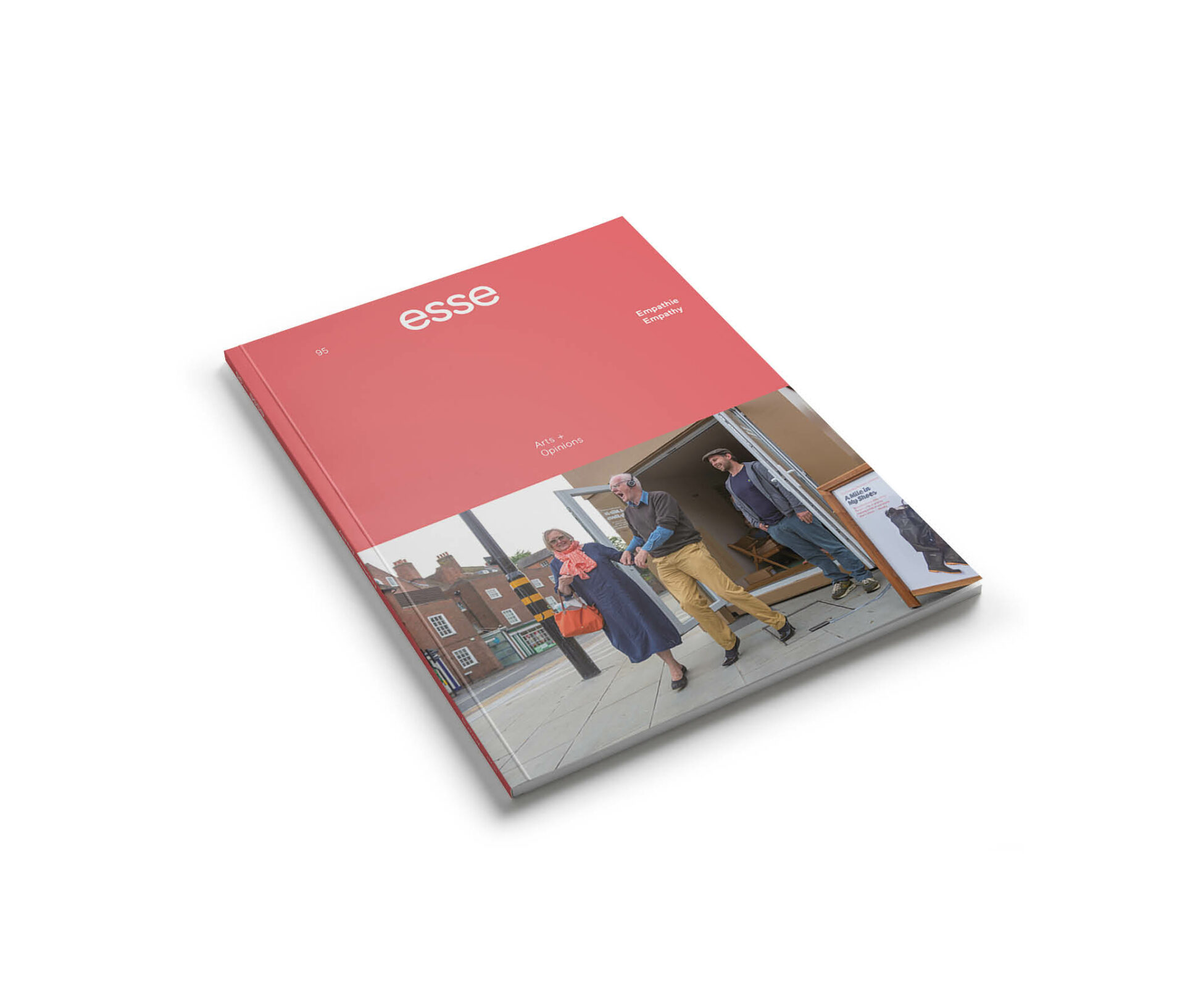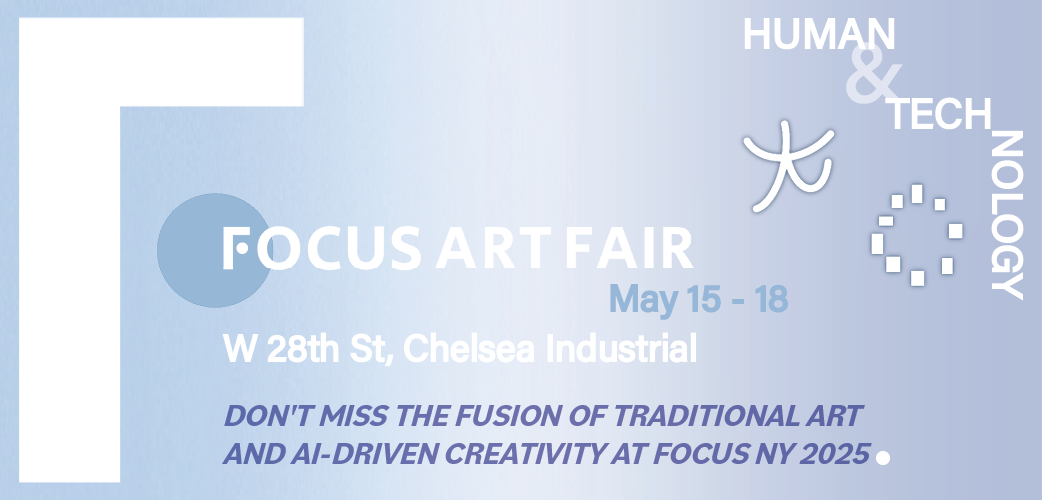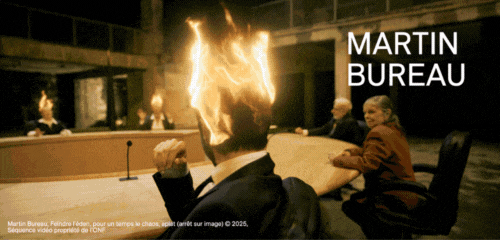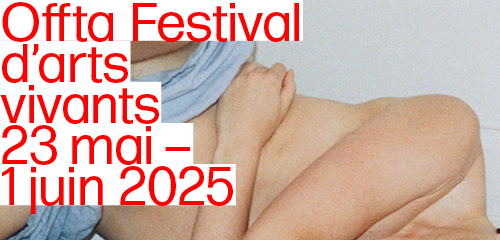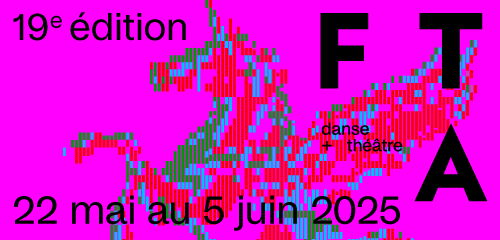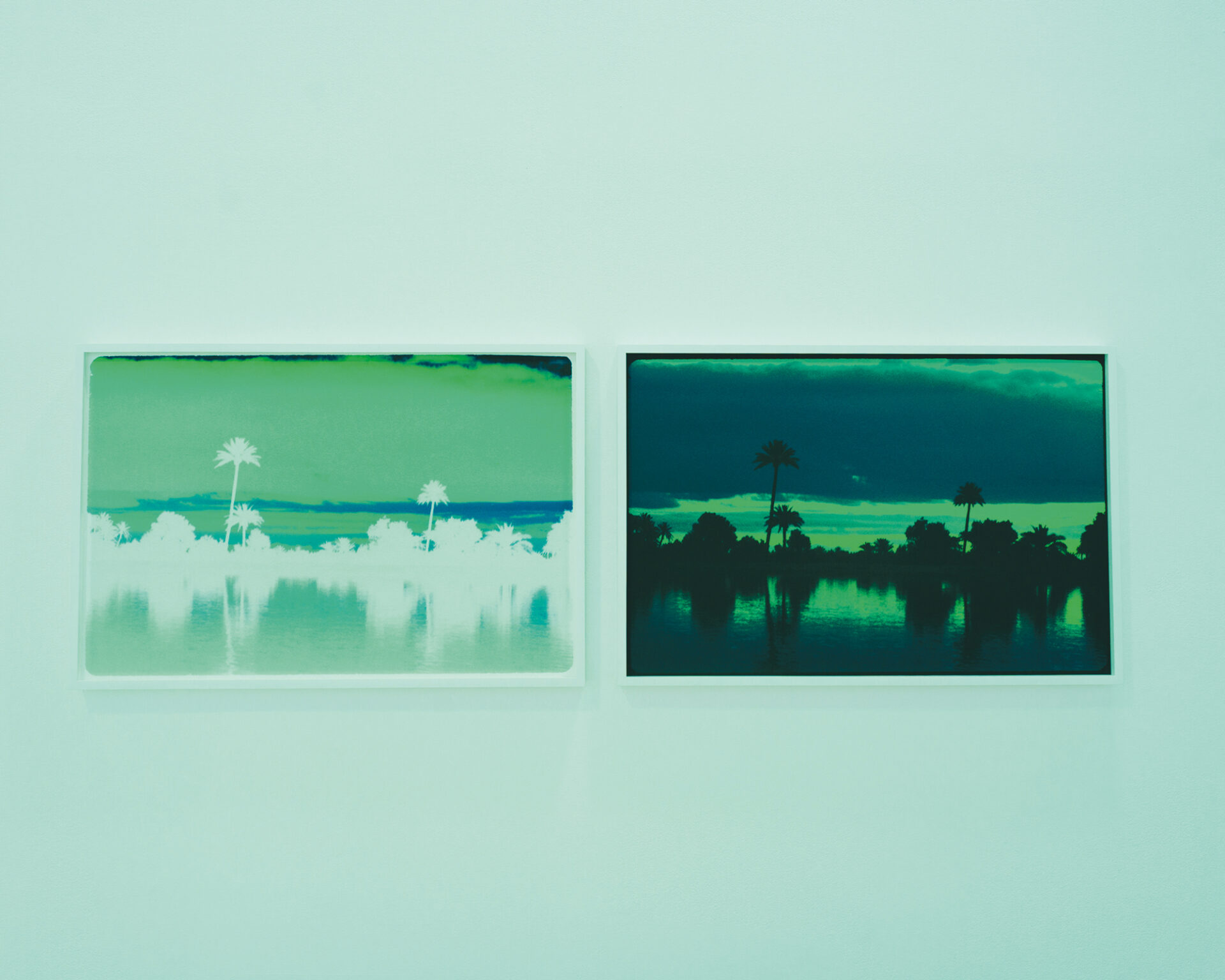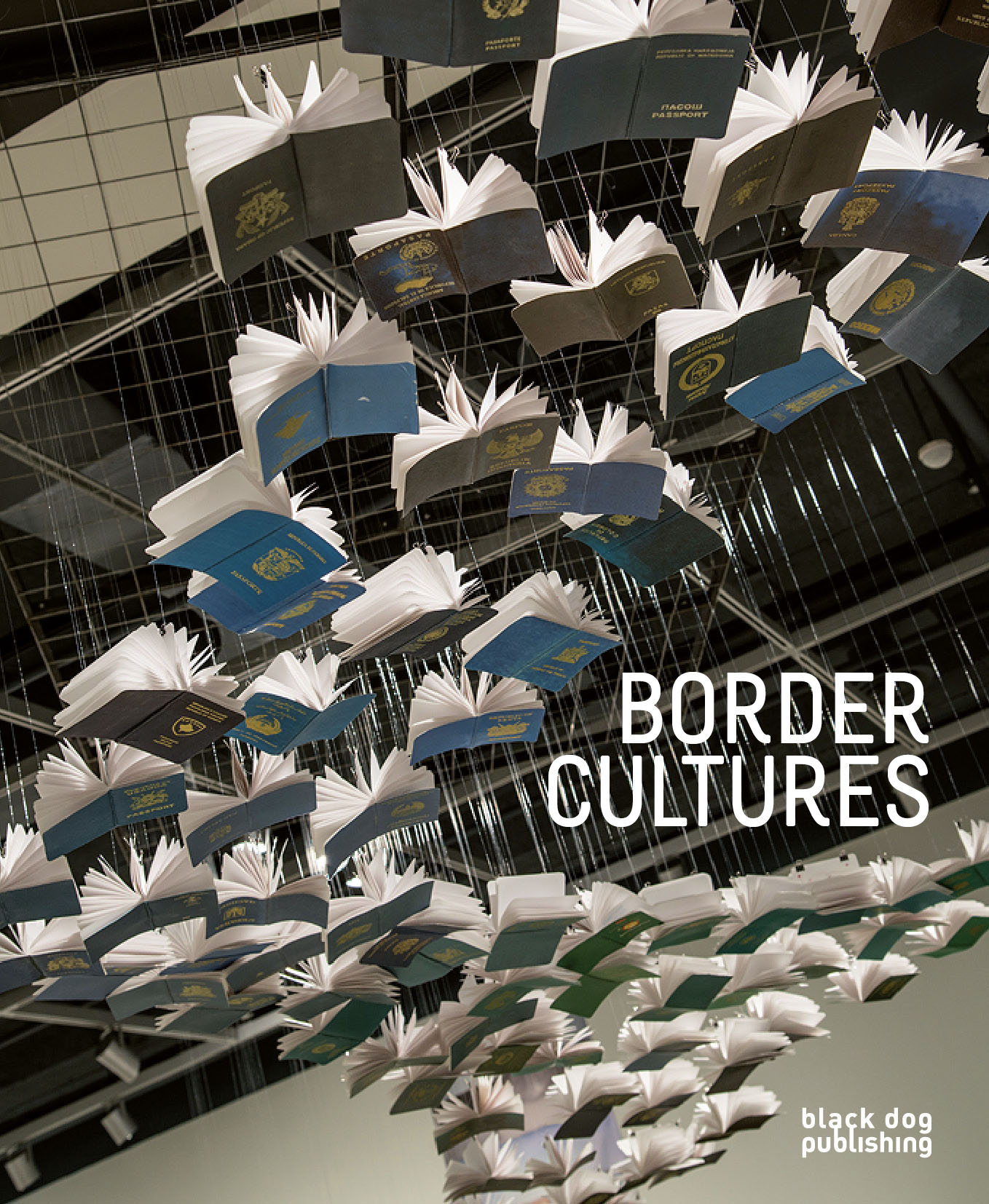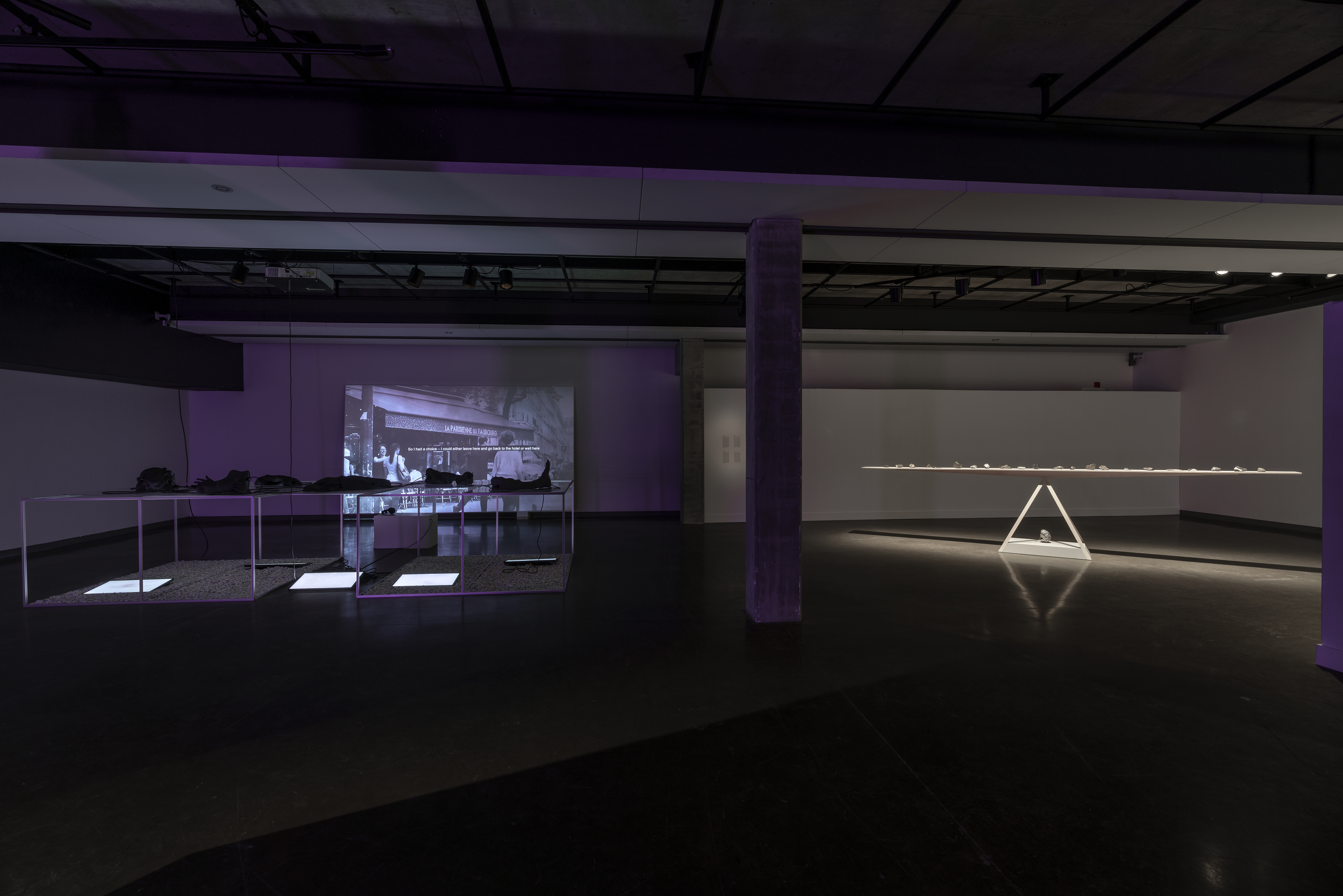MACBA Collection: Beneath the Surface
October 11, 2017 — November 4, 2018
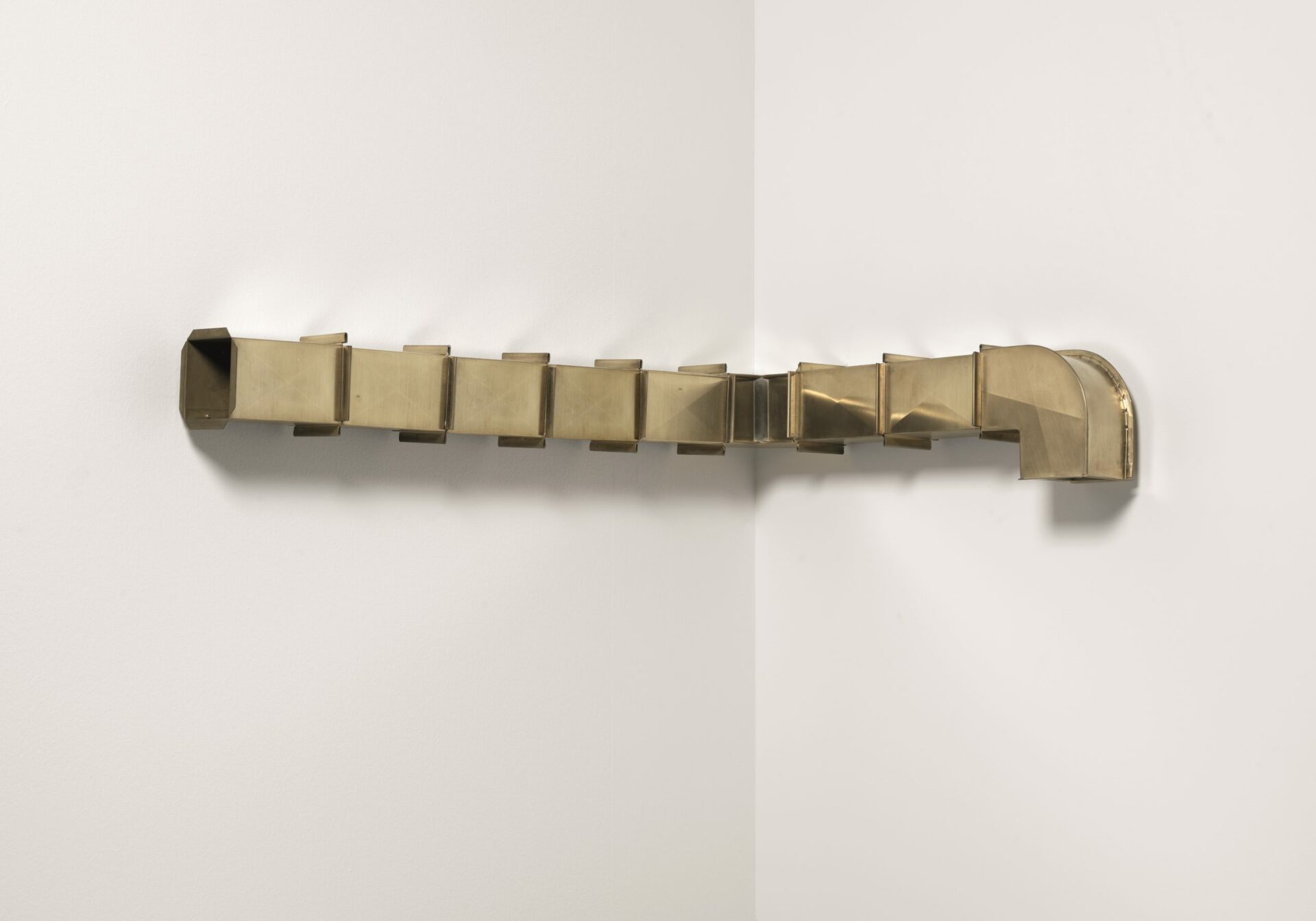
Photo : © Rita McBride, courtesy of MACBA, Barcelona
October 11, 2017 — November 4, 2018
[En anglais]
The curatorial ethos at the Museu d’Art Contemporani de Barcelona (MACBA) is unapologetically critical and does not condescend to its visitors. Instead, curators organize tight, well-researched, small temporary exhibitions that are housed in the stark, white cylindrical building designed by Richard Meier in 1990. When I visited in September 2018 there were four exhibits on display. MACBA Collection: Beneath the Surface was a standout because of its inclusion of works from the contemporary canon by Colombian artist Doris Salcedo, Cuban-born Felix Gonzales-Torres (1957–1996), and Robert Rauschenberg (1925–2008), which were juxtaposed against works by a later generation of lesser-known artists, many of them women. These younger female artists are creating thought-provoking works, drawing on both post-minimalist and political sensibilities.
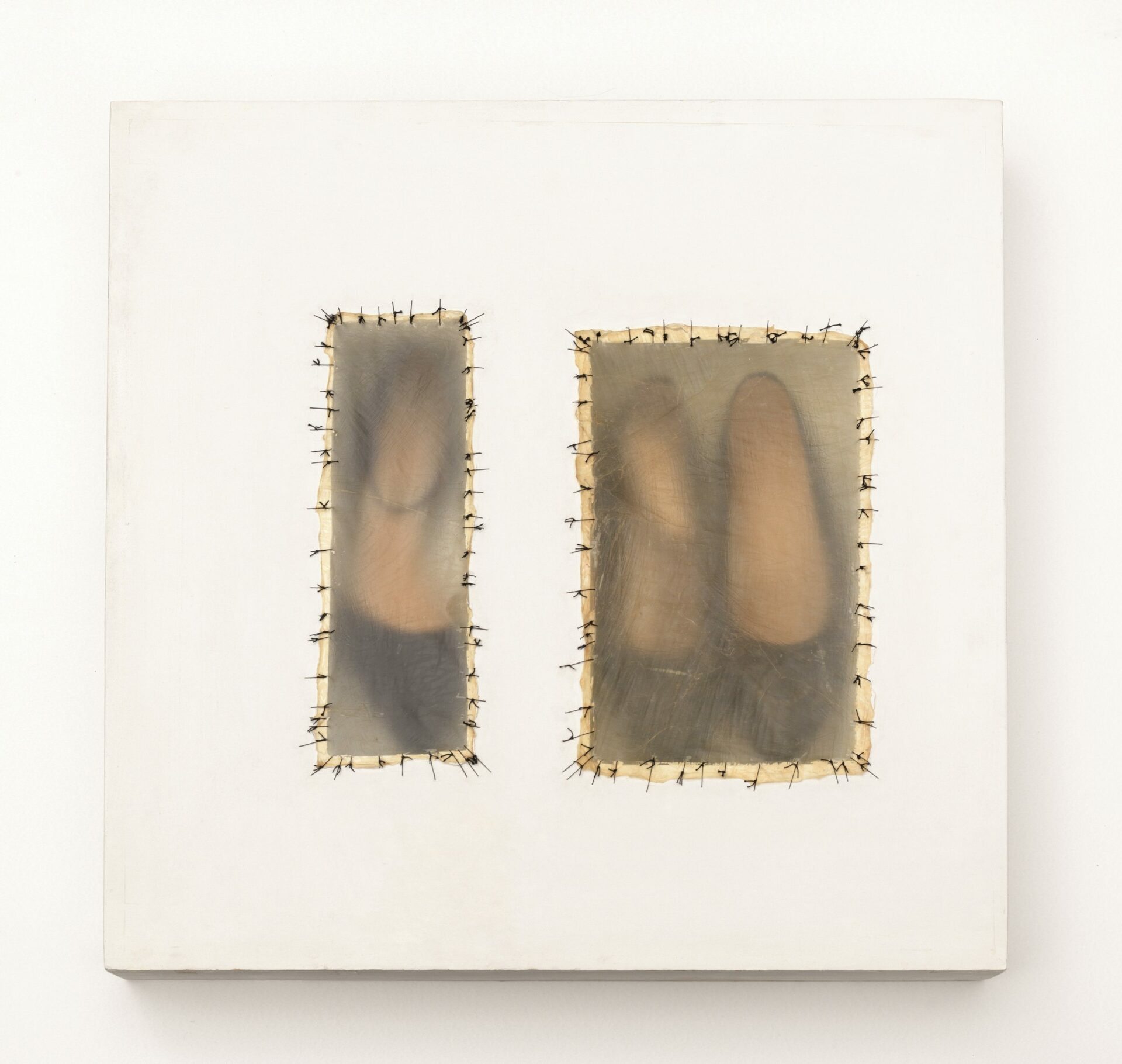
Atrabiliarios, 1993.
Photo : © Doris Salcedo, courtesy of MACBA, Barcelona
Beneath the Surface, curated by Antònia Maria Perelló, considered not just the surface, but also the depth of art objects, materially and ideologically. The curator selected an eclectic group of works that all, in their own way, explode the notion of what a painting or sculpture should look like. Put another way, the objects in the exhibit force us to think about how we look at paintings and sculptures. The exhibition was not pure formal experimentation, however. Indeed, almost every work was informed by some kind of political intention, whether it be to raise awareness of the disappeared in Colombia (Salcedo), to consider the transience of life in the time of AIDS (Gonzalez-Torres’s light bulb installations from the early 1990s), or to unveil the lived realities of refugees in urban spaces (Sigalit Landau). There were well-chosen quotations from each artist on the gallery walls, usually short, but always illuminating of a politically and critically-engaged artist.
Créez-vous un compte gratuit ou connectez-vous pour lire la rubrique complète !
Mon Compte




